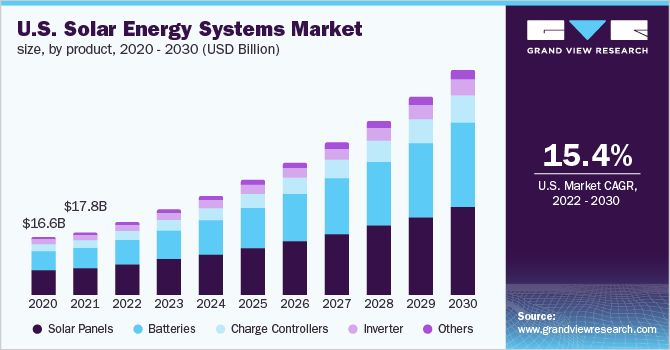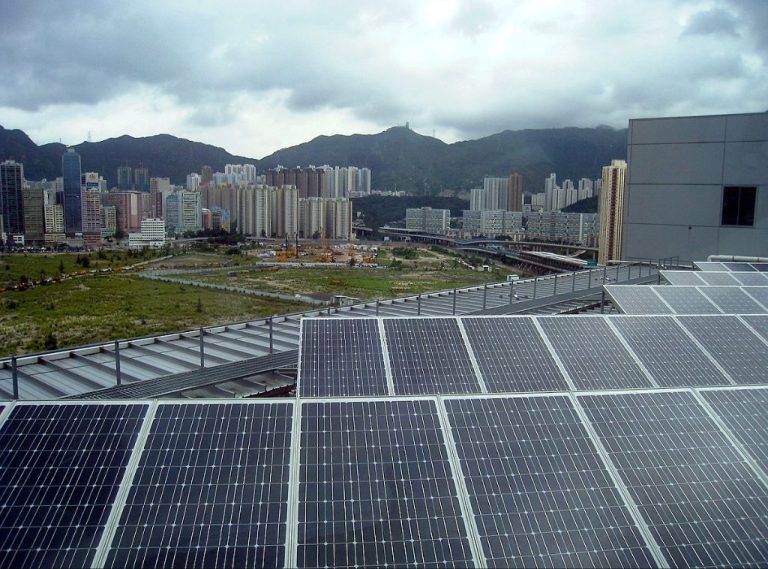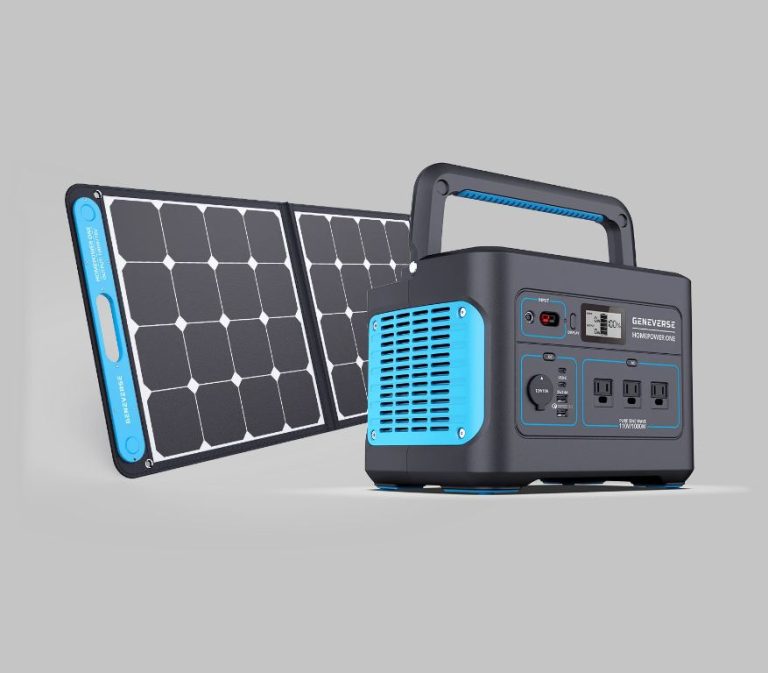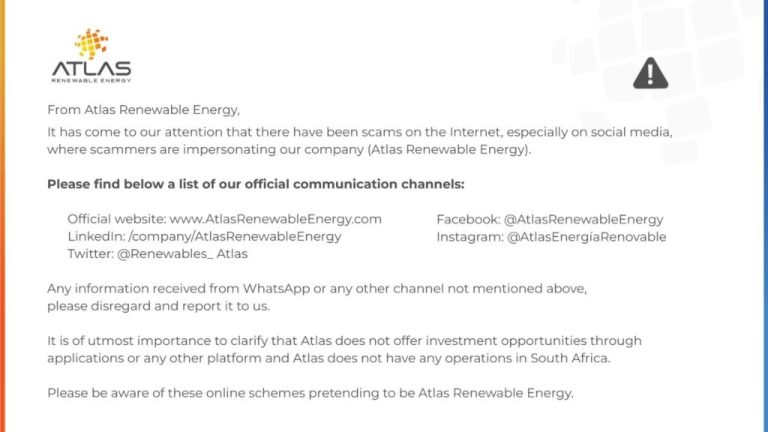Can Sun Give Us Energy?
Solar energy describes technologies that capture energy from the sun and convert it into useful forms of energy like electricity or heat. The sun produces an enormous amount of radiant energy, bathing the Earth’s surface with more than enough sunshine to meet global energy needs many times over. Solar energy is considered a renewable energy source since the sun will continue shining for billions of years.
Interest in solar energy has surged in recent years. Solar is the fastest growing renewable energy source globally, with new solar photovoltaic capacity increasing over 200-fold since 2000. Government incentives along with falling manufacturing costs have made solar energy more affordable and accessible. Many view solar energy as a critical component of strategies to tackle climate change while meeting the world’s growing energy demands.
How Solar Energy Works
There are two main types of solar energy systems that convert sunlight into usable energy: photovoltaic systems that produce electricity and solar thermal systems that produce heat.
Photovoltaic (PV) systems use solar cells made from semiconductor materials such as silicon to absorb photons from sunlight and convert them into electricity through the photovoltaic effect. When sunlight hits the PV cell, the absorbed photons knock electrons loose in the cell, allowing them to flow freely and produce an electric current. This direct current (DC) electricity is then converted into alternating current (AC) using an inverter for utilization in homes, buildings or to feed into the grid.
Solar thermal systems use solar collectors with tubes of fluid or panels to absorb heat from the sun. This thermal energy can then be used to produce hot water for buildings, or to heat spaces directly in the case of solar air heating collectors. Concentrated solar power plants use mirrors to reflect and concentrate sunlight onto a central receiver, heating up a fluid that produces steam to spin a turbine and generate electricity.
Solar Technology Types
There are several different solar technologies that can harness energy from the sun and convert it into electricity or heat. The main types of solar photovoltaic (PV) panels are:
Monocrystalline PV – Made from a single continuous crystal structure, these panels are the most efficient but also the most expensive. They usually have a distinctive pattern of perfectly straight lines on their cells.
Polycrystalline PV – Made from fragments of different crystals, these panels are slightly less efficient but cheaper. Their cells have a more random, speckled pattern.
Thin Film PV – Constructed by depositing extremely thin layers of photosensitive materials on surfaces like glass or plastic. They are lightweight and flexible but less efficient than crystalline silicon PV.
In addition to PV panels that generate electricity, there are also concentrating solar power systems that use mirrors to focus sunlight and generate high temperatures that can be used to drive heat engines and generate electricity. There are also simpler solar heating and cooling technologies that directly collect thermal energy to provide hot water and air conditioning.
Efficiency and Storage
Improving Solar Cell Efficiency
The amount of sunlight that can be converted into electricity by a solar cell is known as its solar cell efficiency. Most mass-market solar panels on the market today have efficiencies between 15-22%. Researchers are constantly working to improve solar cell materials and designs to increase efficiency.
Some new solar cell materials like perovskites and organic PV promise potential efficiencies beyond 30%, however these are still in early research and development stages. Other advanced solar cells using multi-junction or concentrator designs can achieve efficiencies over 40%, but have higher costs.
While higher efficiency solar panels can produce more electricity from the same amount of sunlight, they usually come with tradeoffs like higher expenses. Focusing R&D on improving efficiency while reducing overall costs will help make solar power more competitive.
Battery Storage
One of the main challenges with solar energy is its intermittent nature, only producing power when the sun is shining. Battery storage provides a solution to store solar energy for use at night or on cloudy days.
Lithium-ion batteries have emerged as one of the top storage technologies for home and grid-scale solar installations. Prices for lithium-ion batteries have dropped nearly 90% in the last decade, making storage more affordable.
Some solar panel systems combine storage batteries with smart inverters to provide full off-grid capacity. Battery storage also allows solar power to dispatch energy to the grid when it’s most needed.
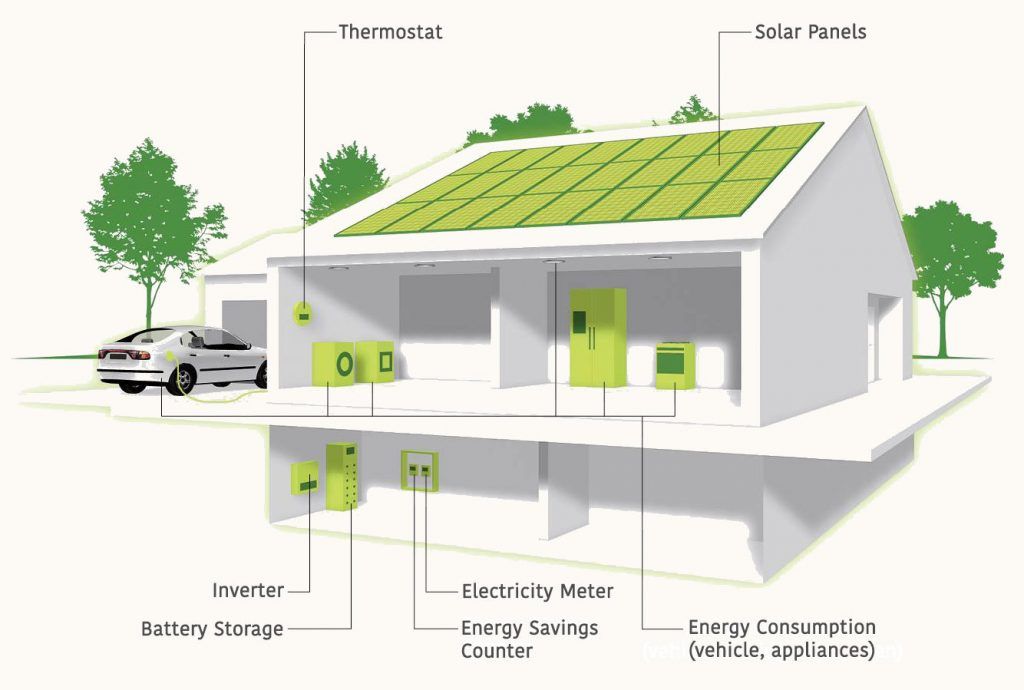
As battery technology continues to advance and prices decline, energy storage has the potential to greatly increase the flexibility and value of solar power.
Costs and Benefits
The costs of solar power have declined dramatically in the past decade, driven by improvements in technology and economies of scale. However, solar power remains more expensive than conventional fossil fuel sources like coal and natural gas on a per kilowatt-hour basis. The levelized cost of energy (LCOE) for utility-scale solar photovoltaics declined by about 90% between 2009 and 2020, but the LCOE is still higher than that of fossil fuels according to most estimates.
There are several benefits that offset the higher costs of solar power. First, solar generates electricity without any air pollution or carbon emissions. Widespread adoption of solar power can significantly reduce greenhouse gas emissions and meet climate policy goals. Second, solar provides energy independence by relying on the sun’s rays rather than imported fossil fuels. This enhances energy security, especially in countries that lack domestic fossil fuel resources.
There are also financial incentives like tax credits available in many regions to partially offset the higher solar costs. As solar technology continues to advance and achieve greater economies of scale, many experts expect the costs to decline further until achieving parity with fossil fuels globally. But for now, the higher costs of solar power are balanced by environmental and energy security benefits.
Solar Installations
Solar energy is being harnessed in a variety of installations, from large utility-scale solar farms to distributed rooftop solar on homes and businesses. Some notable examples of large-scale solar installations in the United States include:
- Topaz Solar Farm in California, which has a capacity of 550 megawatts and covers 25 square miles, making it one of the largest solar photovoltaic power stations in the world.
- Solar Star is a 579 megawatt solar farm in California, spreading over 3,200 acres.
- The Desert Sunlight Solar Farm in California has a capacity of 550 megawatts.
- Solar farms in the Southwest such as Copper Mountain Solar Facility (150 MW) in Nevada and Mesquite Solar project (700 MW) in Arizona.
Rooftop solar installations on homes and businesses are also growing rapidly, with over 2 million installations in the U.S. as of 2018. Community solar projects allow households to buy or lease a portion of a larger solar installation, expanding access to solar power.
Solar Policy and Incentives
The government has implemented a number of policies and incentives to encourage solar adoption. At the federal level, the investment tax credit (ITC) allows solar customers to deduct 30% of installation costs from their federal taxes. Some state and local governments also offer additional rebates, tax credits, or other incentives. Net metering policies require utility companies to provide bill credits to solar customers for excess power fed into the grid.
Many analysts believe these subsidies and policies have played a major role in the rapid growth of solar. However, incentives are scheduled to be reduced in coming years. The federal ITC will fall to 26% in 2020 and 22% in 2021 before expiring completely for residential customers in 2022. Some fear the loss of incentives may slow solar adoption. On the other hand, costs have also fallen dramatically, and solar is projected to reach grid parity in many regions.
Policy discussions continue around net metering as well. Some utilities argue that net metering shifts grid costs onto non-solar customers. Proposed policy changes include additional fixed charges for solar customers or reduced credits for exported electricity. However, many argue that distributed solar provides benefits to the grid and reduces the need for costly infrastructure upgrades. Striking the right balance on solar policy will be an ongoing debate.
Growth Projections
The solar energy industry is experiencing rapid growth worldwide. Total global solar photovoltaic capacity is projected to reach over 5,500 gigawatts by 2030, a nearly 5-fold increase from 2020, according to the International Energy Agency. By 2050, solar could provide up to 25% of global electricity needs.
The countries projected to see the most solar growth are China, the United States, India, Japan and Germany. China currently has the most installed solar capacity and is expected to reach over 2,500 gigawatts by 2030. The United States could reach 850 gigawatts of solar capacity by 2030, a 3-fold increase. India is forecast to install up to 280 gigawatts of solar by 2030 as part of its push towards renewable energy and energy independence.
Overall, the rapid decline in solar photovoltaic costs coupled with supportive policies and growing electricity demand is driving major growth worldwide. Solar is becoming increasingly cost competitive with conventional power generation. With its environmental benefits and viability for diverse applications, solar is positioned to become a leading source of global electricity generation.
Challenges and Limitations
While solar energy offers many benefits, there are also some challenges and limitations to consider:
Space requirements – Installing solar panels requires a large amount of space, especially for utility-scale systems. Rooftop systems also require adequate sunlight exposure which can limit installations in dense urban areas.
Intermittency – Solar energy output depends on the amount of sunlight exposure, which varies throughout the day and year. This intermittency can make solar unreliable without energy storage or grid support.
Markets and grids – In areas without electricity markets that value solar energy, it can be difficult to monetize the full benefits. Most grids also aren’t optimized for high levels of variable renewable energy.
Upfront costs – Despite falling prices, solar still requires high upfront installation costs which can deter adoption. Access to financing is key to widespread solar deployment.
Storage limitations – Affordable grid-scale storage is still lacking, which restricts the ability to use solar energy 24/7. Home storage also adds significantly to costs.
Land use conflicts – Utility-scale solar sometimes faces opposition based on land use concerns, such as taking up farmland or wildlife habitat.
Although solar clearly has obstacles to overcome, technology improvements and supportive policies can help address many of these challenges over time.
Conclusion
In conclusion, solar energy shows great promise as a viable and sustainable energy source for the future. While solar currently accounts for only a small percentage of global energy production, it has been growing at a rapid pace as costs continue to fall and solar technology improves. Key points made throughout this article highlight solar’s immense potential as well as some of the challenges that remain in scaling it up to meet a substantial portion of global energy demand.
With photovoltaic and concentrated solar power technologies advancing, solar energy systems are becoming increasingly efficient at converting sunlight into usable electricity. Energy storage techniques are further addressing solar’s intermittency challenges. With solar already price-competitive with fossil fuels in many markets, its economics will only continue to improve.
Government policies like renewable energy mandates, carbon pricing, and direct solar incentives are helping drive additional growth worldwide. Solar energy has proven environmental benefits in reducing greenhouse gas emissions, air pollution, water usage, and more. While obstacles remain in terms of upfront costs, land use constraints, grid integration, and more, solar energy has firmly established itself as a critical component of a clean energy future.

